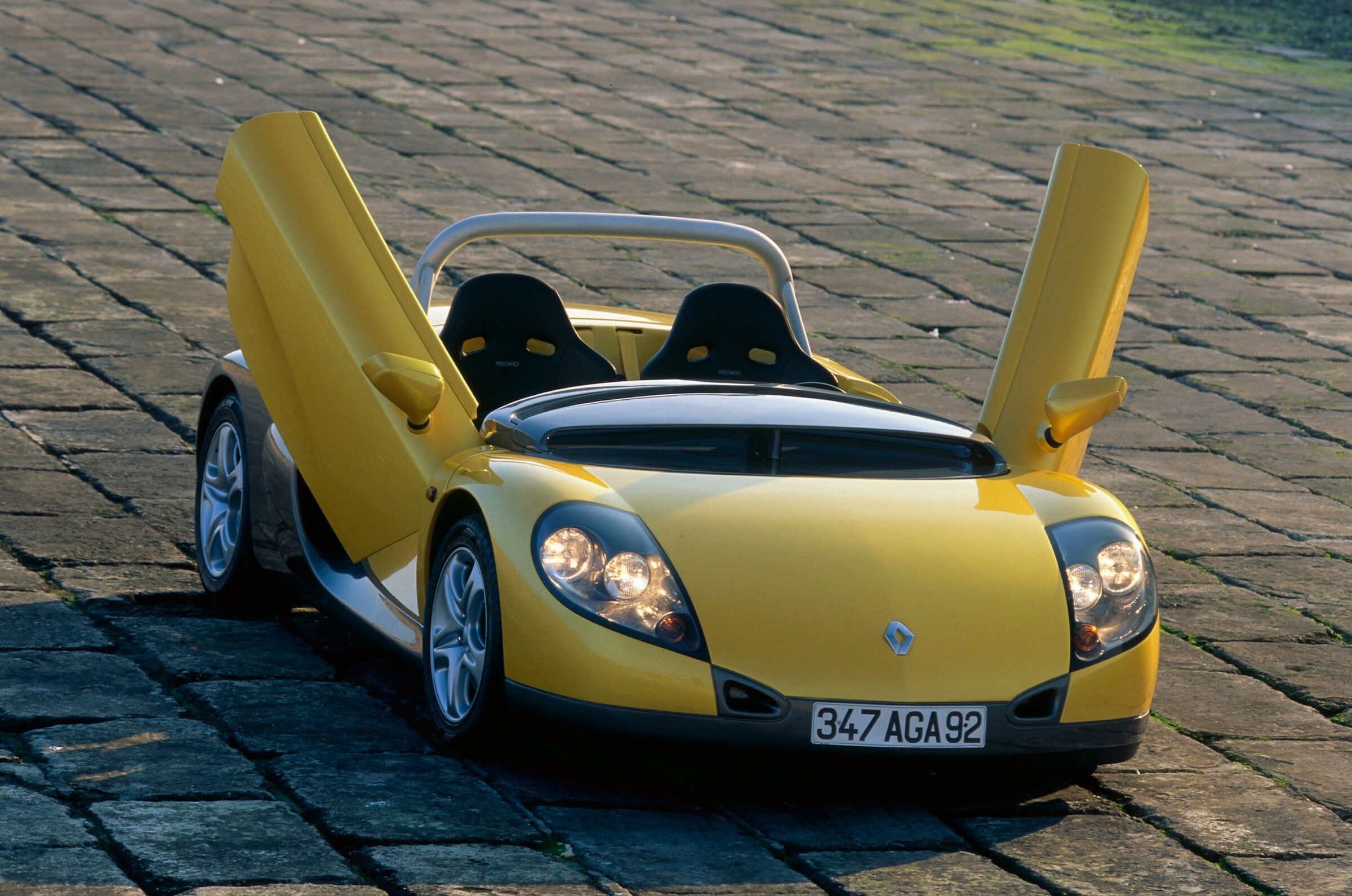30 Years of Porsche 968
Four-cylinder engines in a Porsche were first taken for granted, then became infamous, and are now completely normal again. In the 356, there was simply no other engine than a boxer engine with four pots. However, the successor model, the 911, which is still popular today, made six cylinders fashionable among Porsche drivers. Accordingly, there was little enthusiasm when entry-level models were introduced in the form of the 912, the 914 and finally the 924. Presumably, however, this was less about the number of combustion chambers than about the respective status of these model series. The so-called “cast-iron brand fans” didn’t like the idea that there should be cheaper ways to drive a Porsche below their venerated 911. What’s more, the 914 and 924 were made with plenty of parts recycled from the shelf of Volkswagen Group.
Final variant of the four-cylinder model
Over the years and decades, however, one can speak of a maturing process, especially with the 924 transaxle series. The original model, which was built from 1975 onwards, was followed by the visually and technically enhanced 944 from 1981 onwards, which Porsche built in parallel with the 924 for seven years until the latter was dropped from the range. There were Turbo variants of both series, and finally a Cabriolet of the 944. In the early 1990s, design chief Harm Lagaay created another major facelift, which also brought a name change. In 1991, the 944 became the 968 with one of the largest four-cylinder engines in the world. Even in the predecessor model, the displacement was at 2,990 cc. In the 968, the engineers increased output to 176 kW/240 hp and 305 Nm of torque. While a three-speed automatic was available as an option in the 944 up to model year 1989, the four-speed Tiptronic with shift function made its debut in the 968. This extended the acceleration time to 62 mph by 1.4 to 7.9 seconds.












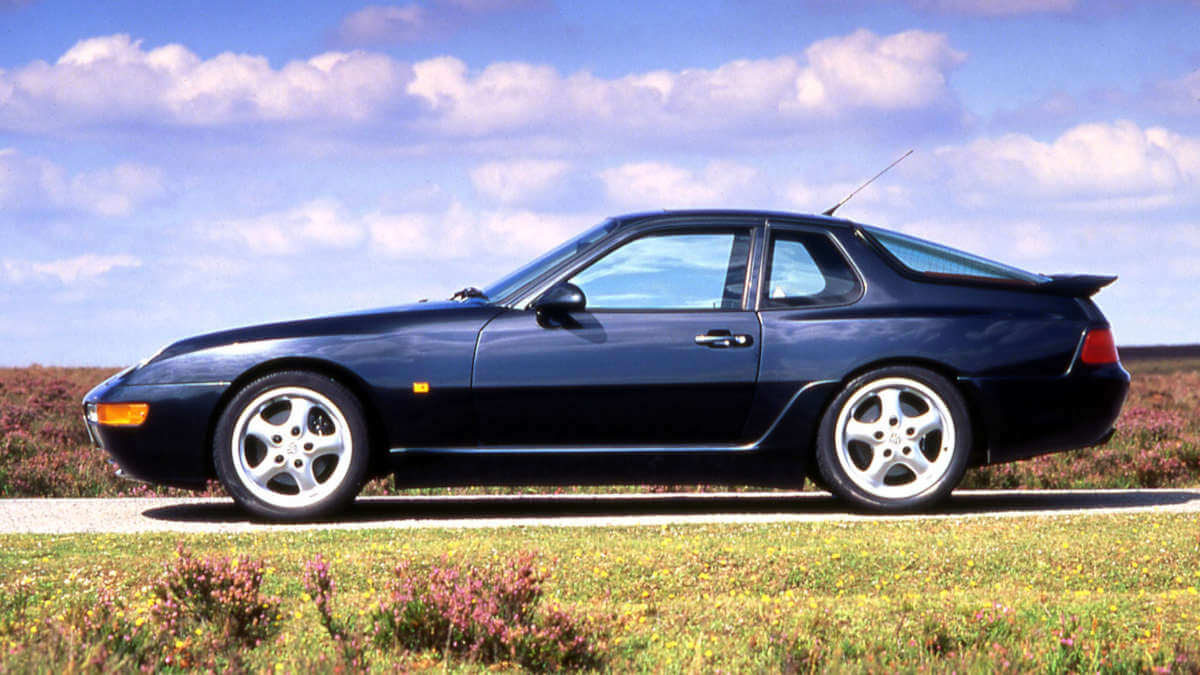



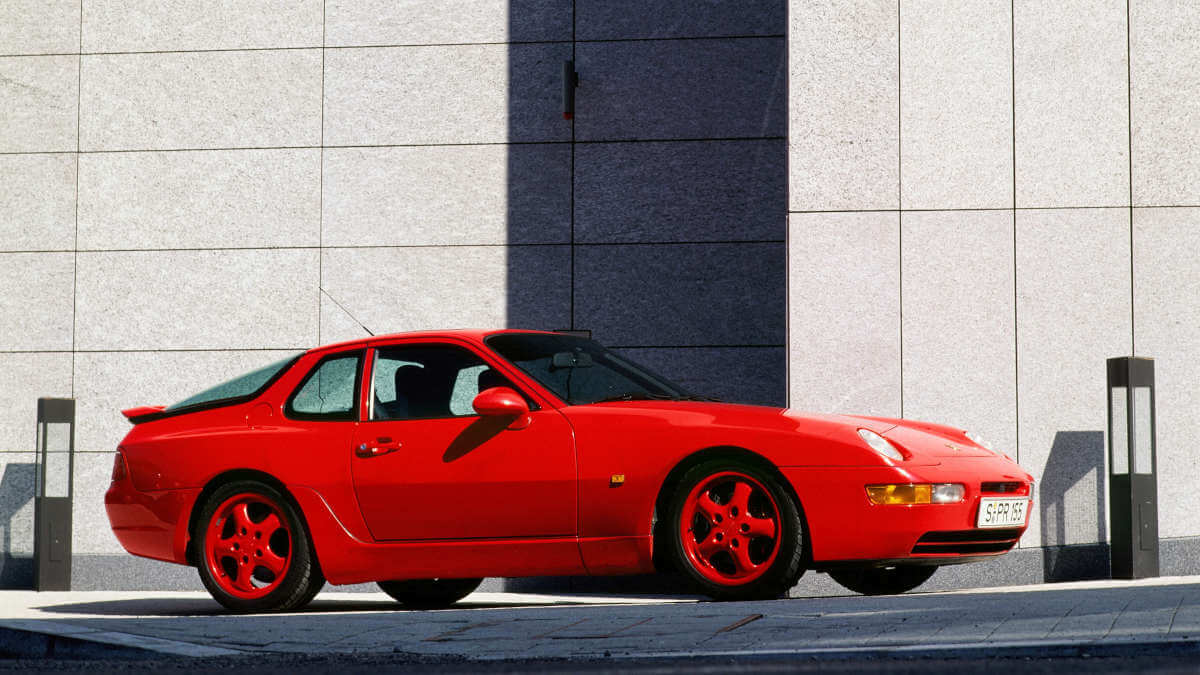











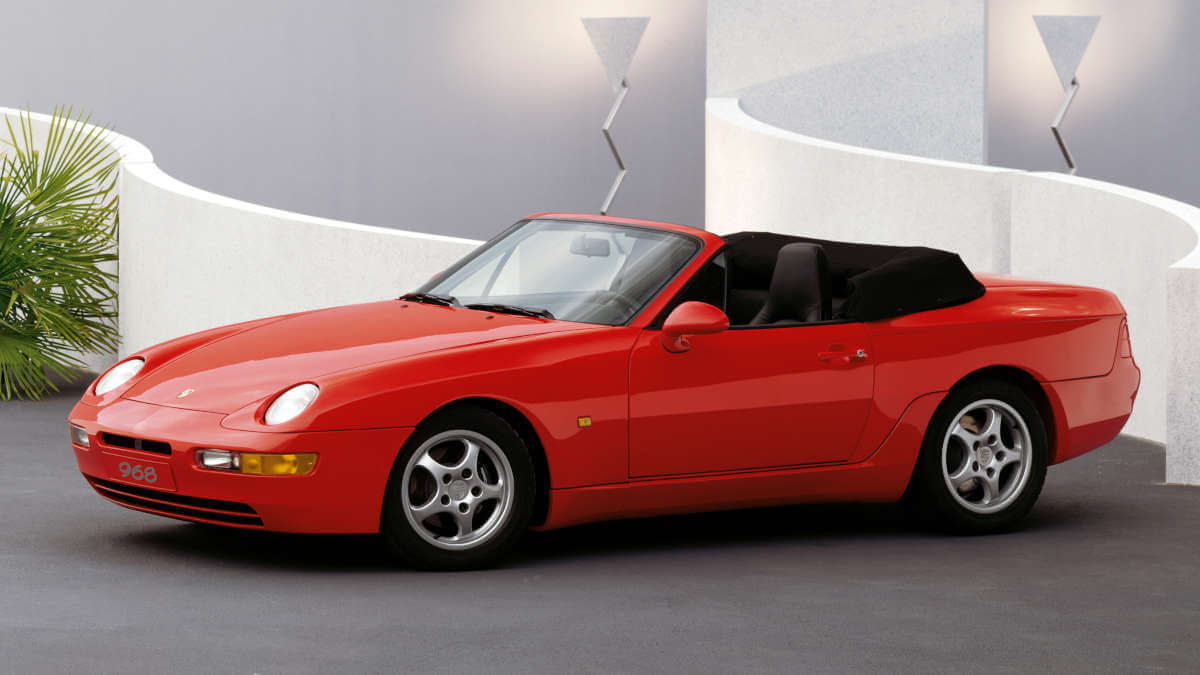











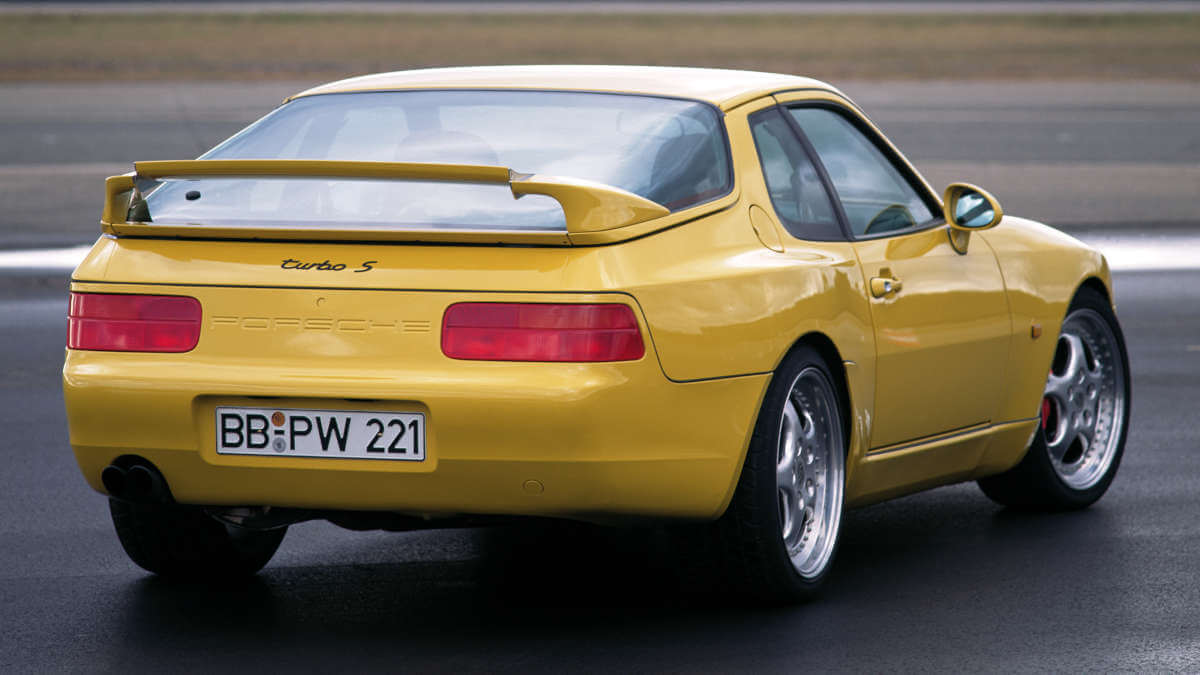



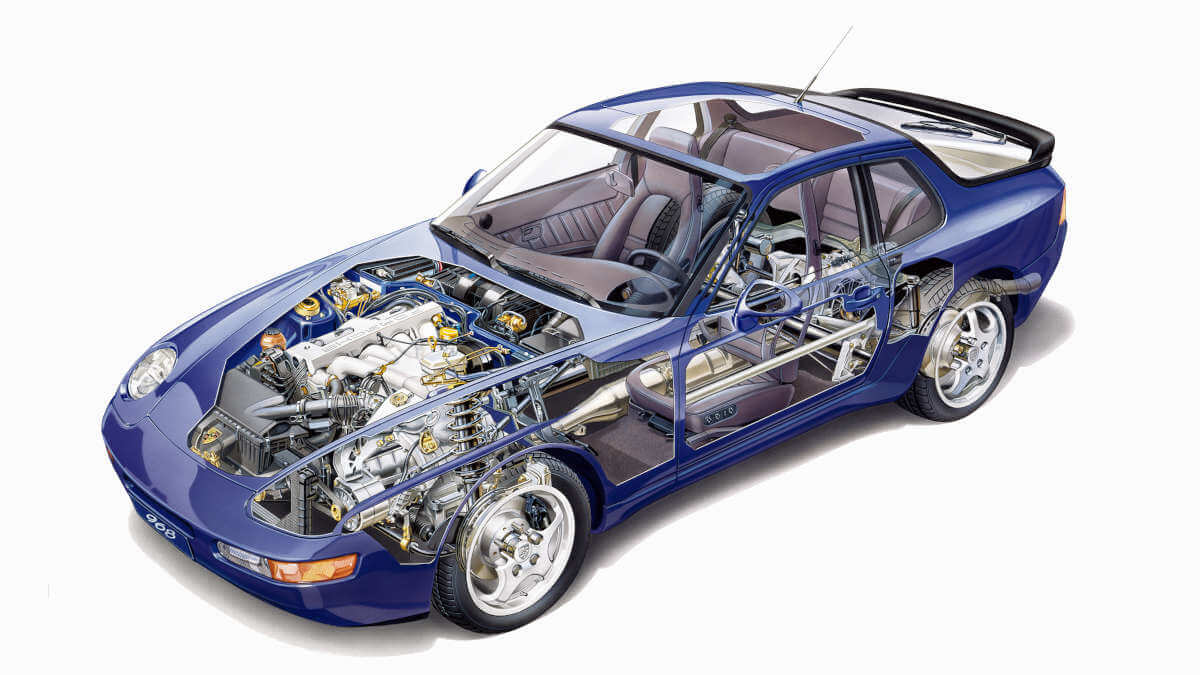



Higher price, fewer buyers
As with the 944, there was also a Cabriolet version of the 968. As a third body style, Porsche was working on a Speedster with a lower windshield, but this never went into production. In the final year of the 944, Porsche had already moved production of the model from Neckarsulm and the ASC company in Weinsberg, which manufactured the Cabriolet, to Zuffenhausen. This was done to utilize the production lines there, as Porsche was in the midst of a sales crisis. This left the 968 with the thankless task of appealing to new groups of buyers. However, at the same time as the model change, the base price rose to DM 89,800 for the Coupé and DM 99,800 for the Cabriolet. In return, the CS version (Clubsport), which was 50 kilograms lighter, was offered only as a Coupé at a base price of DM 77,500 from model year 1993. Only a few prototypes of the 968 CS Cabriolet were built, of which one is part of the Porsche Museum collection. In the UK, the 968 Sport was available instead of the CS.
Turbo S as the basis for motorsport
While the 924 was also used by Porsche in motorsport, corresponding variants of the 944 never officially existed. It wasn’t until the 968 that this changed again. When the ADAC in Germany announced the GT Cup for 1993 and the regulations for the international BPR racing series were also set, Porsche decided to enter both series. For this purpose, the 968 Turbo S with a 224 kW/305 hp turbo engine was developed as a road version. The 968 Turbo RS racing version, which was only built four times, was based on this. But also the Turbo S remained rare, with only ten vehicles built. In total, the 968 series was produced 11,241 times until 1995, which was far below Porsche’s expectations. In the meantime, the final transaxle model has become a popular classic. Ready-to-drive cars are available for around € 25,000, while good examples can easily cost double that. The Turbo S and Turbo RS are well above that.
Images: Porsche



